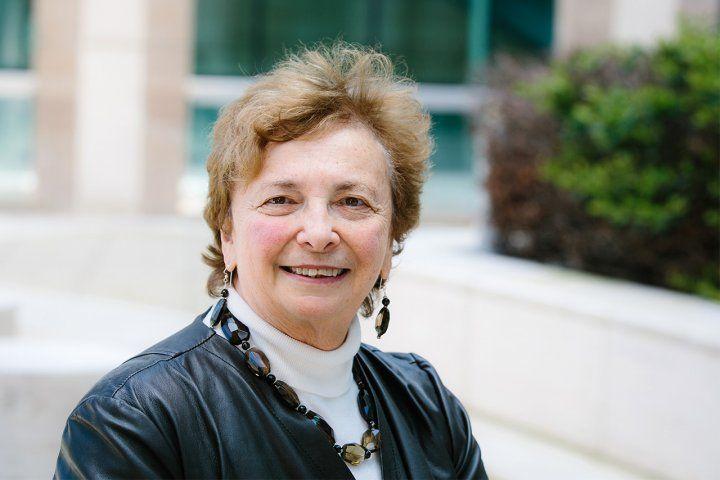
Microscopic image of metastasized cancer cells (green) in a mouse’s brain. Image credit: Emily Wyatt, Mark Davis, California Institute of Technology
Using data from over 100,000 malignant and non-malignant cells from 15 human brain metastases, UCSF researchers have revealed two functional archetypes of metastatic cells across 7 different types of brain tumors, each containing both immune and non-immune cell types. Their findings, published the February 17 issue of CELL, provide a potential roadmap for metastatic tumor formation that could be used to design therapies to improve the treatment of metastasized patients.
The UCSF researchers, led by first author Hugo Gonzalez, PhD, and senior authors, Jeroen Roose, PhD, and the late Zena Werb, PhD, analyzed metastatic tumor cells (MTCs) and identified eight functional processes expressed by MTCs across seven types of metastatic brain cancer. They found these specialized and complementary processes work together within single cells to shape two recurrent cell archetypes, one inflammatory and other proliferative that co-exist within each metastatic tumor and are both shaped by immune cells.
Brain metastasis is the most common form of brain cancer, occurring nearly ten times more often than cancer which begins in the brain. While treatment options for brain metastases have improved in recent years, there is still much left to understand about metastasis formation.
The team combined high-dimensional single-cell analyses of human brain tissue metastases from the different cancer types and experimental models to identify and understand the recurrent patterns that characterize the process of metastasis formation in patients. They also identified a comparable metastatic niche or microenvironment, and an immunosuppressive stroma enriched with T-cells and metastasis-associated macrophages that seem to play a role in the dynamics of the two archetypes.
“These archetypes co-exist within each metastatic tumor,” said Gonzalez. “For the MTCs that are not proliferating, these cells get reprogrammed to express genes for inflammation, stress, and other changing conditions. It’s likely that these tumor-immune interactions are shaping the state of the MTCs.”
Inspiration from a Renowned Cancer Researcher
“Zena Werb was the first person that saw the potential and feasibility of collecting human metastases and combining them with cutting-edge technologies such as single-cell transcriptomics and CyTOF,” said Gonzalez. “She believed that by analyzing human brain metastases, we could determine the relationship between these cellular processes orchestrated by MTCs and their specific microenvironments.”

Werb, a world-renowned researcher in cancer biology, and associate director for basic science at the UCSF Helen Diller Family Comprehensive Cancer Center, transformed the field by highlighting the critical role of cells’ local “neighborhoods” in determining tumor growth and behavior. Over the course of four decades, her work laid the groundwork for the rise of immunotherapy and other modern approaches to cancer treatment. Werb passed away in 2020 at the age of 75, but her legacy lives on with her colleagues, for whom she was a mentor.